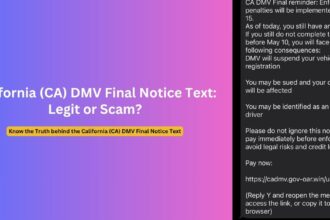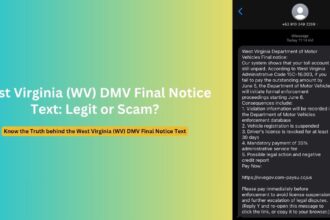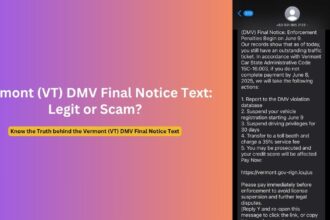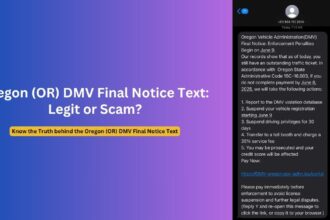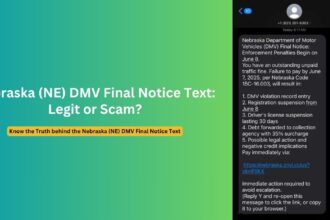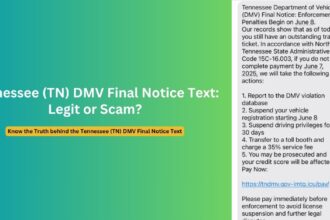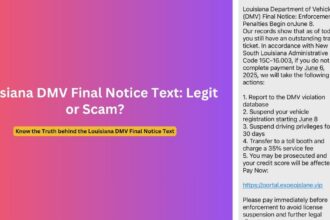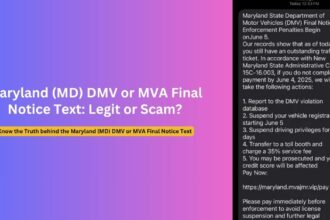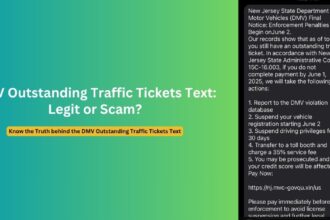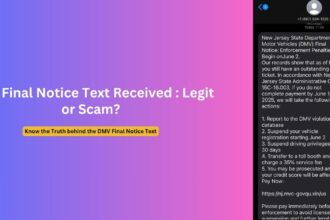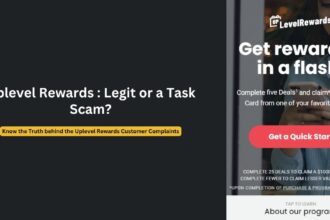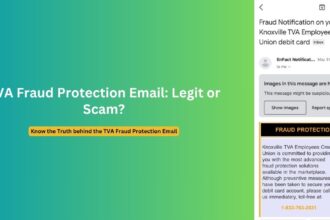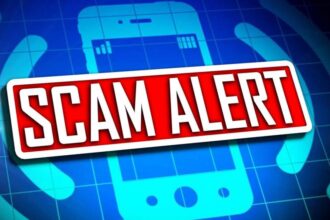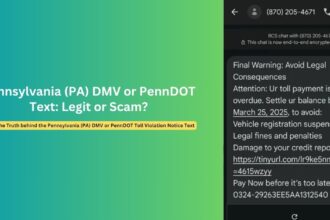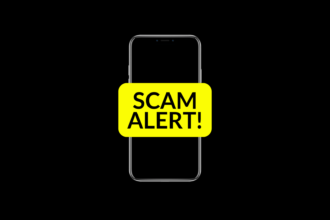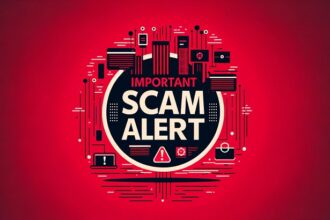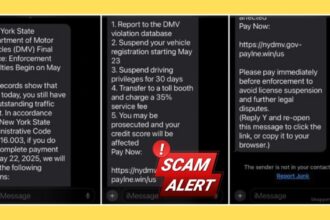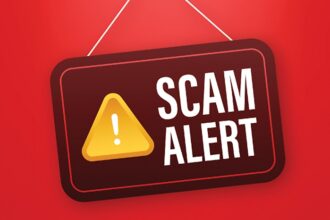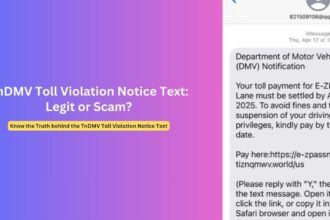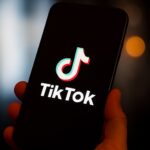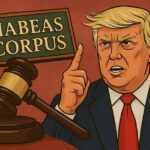A sophisticated wave of text message scams targeting Bay Area FasTrak users has emerged, with fraudulent messages demanding payment for supposed “unpaid tolls.” These deceptive texts, which often arrive with uncanny timing after drivers use toll roads, have prompted official warnings from FasTrak administrators and law enforcement agencies. Despite these alerts, the scam continues to evolve and claim victims across California.
Overview of Bay Area FasTrak Toll Scams
Since early 2023, drivers throughout the Bay Area and beyond have reported receiving increasingly convincing text messages about unpaid FasTrak tolls. What began as occasional, poorly-worded messages has evolved into a sophisticated phishing campaign targeting thousands of drivers.
The scam appears to be part of a broader national pattern, with similar schemes targeting toll systems across the country, including Illinois I-PASS and other regional toll authorities. According to digital security experts, these toll-related scams are currently among the most prevalent phishing threats circulating.
The scammers cast a wide net, sending messages to residents regardless of whether they use toll roads or even own vehicles. However, many recipients report receiving these texts shortly after using toll facilities, raising questions about how scammers might be targeting their victims with such precise timing.
How the BayAreaFasTrak Text Scam Works
The scam follows a methodical approach designed to create urgency and fear:
- Initial Contact: Victims receive a text message claiming to be from FasTrak, Bay Area FasTrak, BayAreaFasttrack or FasTrak Express Lanes.
- False Claims: The message states that the recipient has an outstanding toll balance—typically a small, plausible amount like $3.95 or $4.67—that requires immediate payment.
- Pressure Tactics: The text includes a specific deadline and threatens “additional penalties,” “excessive late fees,” or even “legal action” if not paid promptly.
- Malicious Link: The message includes a link to a fraudulent website designed to mimic the official FasTrak site. These domains often incorporate “bayareafastrak” with additions like “-toll,” “-help,” or “-services” followed by “.com” instead of the legitimate “.org”.
- Data Theft: Once on the fake site, victims who enter personal or payment information have their data stolen. This can lead to identity theft, fraudulent charges, or malware installation on their devices.
What makes these scams particularly effective is their timing—they often coincide with when people have recently traveled on toll roads, making the message seem more credible to recipients who have legitimately used FasTrak facilities.
Text Patterns and Common Variations
These scam messages contain distinctive patterns and language choices that have evolved over time to appear more legitimate:
Common Message Formats:
Your recent trip through the Fastrak Express Lanes incurred a fee of $3.95. To prevent additional penalties, kindly settle this amount by [DATE], using the following link: [FRAUDULENT URL]
Your vehicle has been recorded using the FasTrak Express Lane. To avoid a bill with excessive late fees of $46.70, kindly settle your balance of $4.67 at [FRAUDULENT URL]
A balance of $3.95 has been detected on your account for using the FasTrak Express Lanes. To prevent additional charges, please settle the payment by [DATE], using [FRAUDULENT URL]
Evolving Sender Information:
The sender information varies but usually falls into one of these categories:
- Canadian phone numbers: Often from area codes 343, 647, 742, or 902
- International phone numbers: From the UK (+44), Philippines (+63), or other countries
- Randomly generated U.S. numbers: Often appearing with no caller ID information
- Spoofed identifiers: Some messages appear with names like “FasTrak” or “Bay Area Toll”
Suspicious URLs:
The links in these messages use various tactics to appear legitimate:
- Embedding “bayareafastrak” into the URL (e.g., “bayareafastrak-toll.com”)
- Adding hyphens between words to create authentic-looking domains
- Using unusual top-level domains or subdomain structures
- Including an official-looking subdomain structure
An investigation by Reddit users found that many of these domains are newly registered (often just days old), have hidden WHOIS data, and sometimes trace back to servers in Russia or other foreign countries.
Official Response from FasTrak
The Bay Area FasTrak administration has taken several steps to address this growing threat:
- Public Warnings: FasTrak has posted prominent warnings on its official website (www.bayareafastrak.org) alerting drivers about these fraudulent messages.
- Clarification of Official Communications: FasTrak has emphasized that they do not request payment via text message with links to websites.
- Advisory to Customers: The toll authority encourages concerned drivers to verify any supposed unpaid tolls by:
- Visiting the official website directly at www.bayareafastrak.org (not through links in messages)
- Calling their customer service center at (877) BAY-TOLL (229-8655)
- Instructions for Victims: FasTrak advises customers who have already made payments through fraudulent websites to contact their bank or credit card company immediately to report the charges.
Local district attorneys’ offices, including Sonoma County’s, have also issued public alerts about these scams, emphasizing that legitimate FasTrak communications do not initiate payment requests via text message.
Red Flags: How to Identify BayAreaFasTrak Fraudulent Texts
Being able to identify the warning signs of a scam text can protect you from becoming a victim. Here are the key red flags to watch for:
1. Sender Information
- International phone numbers or numbers from distant area codes (especially Canadian numbers)
- Random phone numbers not associated with official services
- Group texts with multiple recipients you don’t know
2. Message Content
- Use of the word “kindly” (repeatedly identified by community members as a clear sign of scam)
- Urgency language (“immediate payment required,” “avoid penalties,” etc.)
- Threats about legal action or excessive late fees
- Unusually polite closing phrases (“Have a pleasant journey,” “Thank you for your cooperation”)
- Grammatical errors or awkward phrasing
- Dollar signs placed after the amount (e.g., “46.70$”) instead of before
3. Link Characteristics
- URLs that use “-” between words (bayareafastrak-toll.com)
- Links ending in .com instead of the official .org
- Unusual instructions for accessing the link (like “reply Y, then exit the message and open again”)
- Shortened URLs or URLs with random character strings
- Domains ending in unusual extensions
4. Implausible Claims
- Tolls from areas you haven’t visited
- Charges for periods when you weren’t traveling
- Messages to people who don’t own vehicles or use toll roads
- Extremely specific amounts with pennies (designed to look official)
One particularly concerning aspect of these scams is the timing—many users report receiving these texts shortly after using toll facilities, suggesting the scammers may have some method of identifying recent toll road users.
How to Protect Yourself from Bay Area FasTrak Fake Texts
Follow these best practices to stay safe from Bay Area FasTrak and other toll-related phishing scams:
1. Never Interact with Suspicious Messages
- Don’t click links in unexpected texts about tolls
- Don’t reply to the message, even to say “STOP” (this confirms your number is active)
- Don’t call phone numbers provided in the message
2. Verify Independently
- Access your FasTrak account directly through the official website (www.bayareafastrak.org)
- Call the official customer service number: (877) BAY-TOLL (229-8655)
- Use the official FasTrak mobile app if you have it installed
3. Report Scam Attempts
- Forward suspicious texts to 7726 (SPAM) to report to your mobile carrier
- Report to the Federal Trade Commission at reportfraud.ftc.gov
- File a complaint with the FBI’s Internet Crime Complaint Center (IC3) at www.ic3.gov
4. Strengthen Your Digital Security
- Enable two-factor authentication on financial accounts
- Use different passwords for different accounts
- Keep your phone’s operating system and apps updated
- Consider using security features like spam filtering on your mobile device
5. If You’ve Already Clicked
- If you entered personal information, change passwords for affected accounts
- Contact your bank or credit card company if you shared payment information
- Monitor your credit reports and financial statements for unauthorized activity
- Consider placing a fraud alert on your credit reports with major credit bureaus
Frequently Asked Questions
1. Is any “Bay Area FasTrak Unpaid Toll Reminder” text message legitimate?
No. FasTrak has explicitly stated they do not request payment by text message with links to websites. Legitimate communications about unpaid tolls come through different channels, typically via mail or your account if you’ve registered one.
2. How do scammers know when I’ve recently used a toll road?
While there’s no confirmed explanation, theories include:
- Mass-texting campaigns that coincidentally reach some recent toll users
- Possible data breaches of toll systems (though no such breaches have been confirmed)
- Scammers operating near toll facilities and collecting vehicle information
- Simple probability—in areas with many toll roads, many recipients will have recently used tolls
3. What should I do if I already clicked a link in a scam text?
If you’ve clicked a link but didn’t enter any information, you should be relatively safe. However, run a security scan on your device. If you entered personal or payment information, change your passwords immediately, contact your financial institutions, and monitor your accounts closely for fraudulent activity.
4. How can I check if I actually have unpaid tolls?
Visit the official Bay Area FasTrak website (www.bayareafastrak.org) directly by typing the URL into your browser. You can look up unpaid tolls by license plate number or account information. Alternatively, call the customer service center at (877) BAY-TOLL (229-8655).
5. Will the legitimate FasTrak ever text me?
FasTrak may send text messages for account notifications if you’ve opted in to receive them, but they will never send unsolicited texts asking you to pay tolls via a link. Any legitimate communication about payments will direct you to your account on the official website or provide instructions for payment through official channels.
Protecting Other Vulnerable Populations
One concerning aspect of these scams is their potential impact on vulnerable populations, such as elderly residents or those less familiar with digital security practices. Consider sharing information about these scams with:
- Elderly family members or neighbors
- New residents unfamiliar with local toll systems
- Visitors to the Bay Area who might use toll roads
- People who might be less technologically savvy
Many victims report that what made the scam convincing was the timing—receiving a text shortly after using a toll road. By spreading awareness about these scams, you can help others recognize the warning signs even when the timing seems suspicious.
Conclusion: Staying Vigilant in the Digital Age
The Bay Area FasTrak toll scam represents a sophisticated evolution in phishing attacks, targeting an everyday activity that millions of Californians engage in—driving on toll roads. The effectiveness of these scams relies on a combination of creating urgency, exploiting familiarity with toll systems, and in some cases, seemingly precise timing.
As these scams continue to evolve, the best defense remains awareness and caution. By understanding how legitimate organizations communicate, recognizing the red flags of fraudulent messages, and verifying information through official channels, drivers can protect themselves from becoming victims.
Remember that Bay Area FasTrak will never:
- Request payment via text message links
- Threaten immediate legal action over text
- Use the word “kindly” in official communications
- Send messages from random phone numbers, especially international ones
By staying informed and practicing digital vigilance, you can navigate both the physical Bay Area highways and the information superhighway safely.

